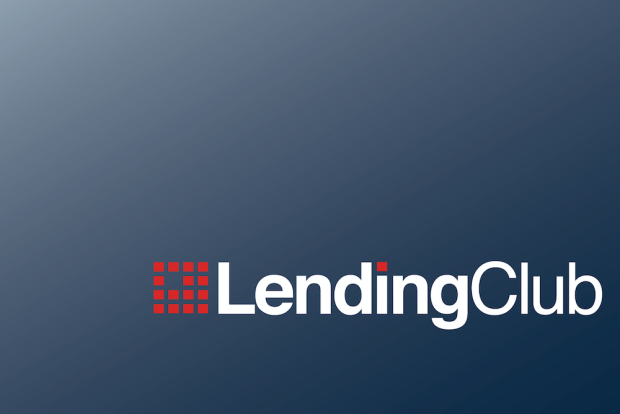LendingClub’s Skyrocketing Charge-Offs

Proving the old adage that troubles never travel alone and instead choose to hunt in packs – LendingClub is facing yet another headwind in the hurricane they’ve experienced since spring.
The newest problem? Their borrowers – and the fact that they aren’t so much paying back their loans.
Charge-offs – loans that a lender has written off as non-collectable – are up 38 percent since 2013 for LendingClub – a curious outcome, since consumer credit on the whole during that time period was on the uptick.
And that perhaps is a more damaging difficulty than the various soap operatic drama that has emerged this summer – since it strikes at the core value proposition that LendingClub (and its fellows in online lending) bring to the market – the ability quickly to find, target and underwrite quality borrowers better than the traditional bank-based system. They found borrowers, and they did manage to lower the speed of underwriting time, but it seems quality remains an open question.
Concerns are now mounting that the algorithms once touted as the future of credit evaluation might not be quite as “smart” as previously assumed, and that perhaps the critics were right to question how well marketplace loans would perform in difficult economic conditions.
LendingClub has responded to the charge-off spike: a spokeswoman noted that the firm has taken “a series of steps to strengthen borrower quality while continuing to make affordable credit available to consumers and small businesses.”
She added that “the strength of our marketplace’s assets continues to attract investors.”
LendingClub has also argued that time consuming practices it has eliminated – verifying income through pay stubs for example, or through tax returns – are unnecessary and unhelpful. In 2012 more verified loans went bad than non-verified loans (12 percent vs 7 percent).
In perspective, the charge-offs situation at LendingClub doesn’t approach the economic apocalypse inducing rates seen during the financial crisis – but it is notable that online firms are hitting a bigger pick-up in bad loans than their mainstream banking counterparts.
LendingClub’s lower-graded loans saw gross charge-offs pick up 6.31 percent between 2013 and 2015. Charge-off rates on top-graded loans — which go to borrowers with stronger credit histories — rose less dramatically, to 1.51 percent from 1.46 percent. And Lending Club is not uniquely afflicted – Prosper saw its charge-offs rise to 4.2 percent, up from 3 percent a year prior.
Meanwhile, the percentage of loans written off by banks on their credit-card books was at 3.16 percent in the first quarter versus 3.78 percent at the beginning of 2013, according to the Federal Reserve’s data.
Part of the issue is misuse – borrowers are using the loans to add new debt to their piles instead of to pay down debt and consolidate it. About 33 percent of borrowers used the loans to pay credit debt – while 46 percent actually started carrying at least 10 percent more debt after the loan. That is a big jump on the average 30 percent rate for unsecured personal loans made by all lenders.
To entice investors – who are the major funding source behind online lending platform – LendingClub has raised rates on it products. But investors remain worried that the market is not weighted toward investor interest.
